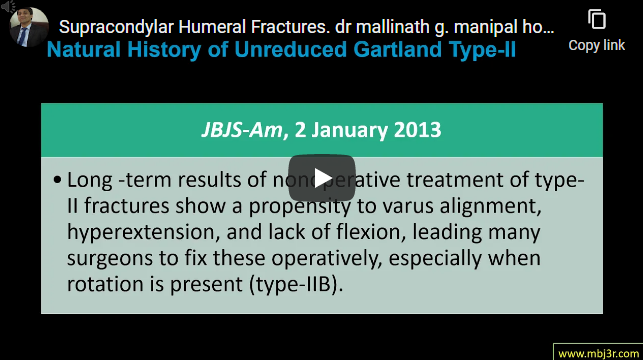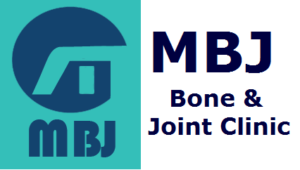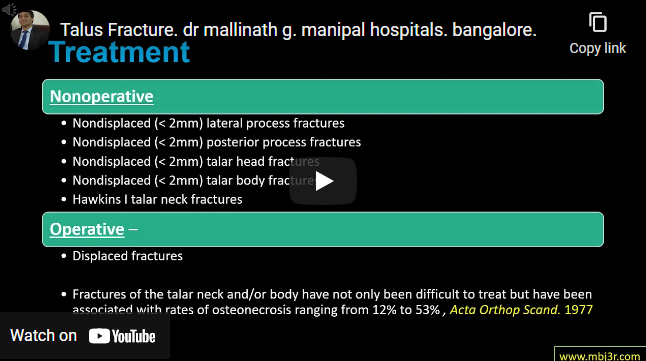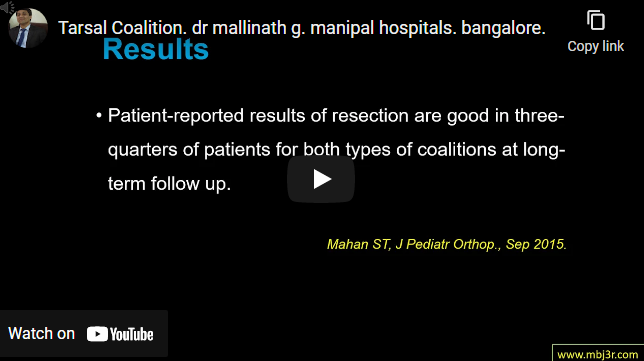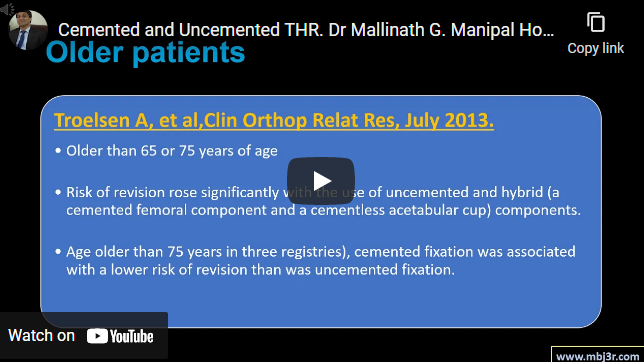Most commonly seen in children aged 5-7 years with fall on out stretched hand Extension type is seen >95% Gartland Classificaiton is used to classify extension type of SCH fractures Always check for distal pulses If palpable pulses do not return, but the limb is warm and pink and/or pulses are Dopplerable, the patient may be observed for 24 to…
